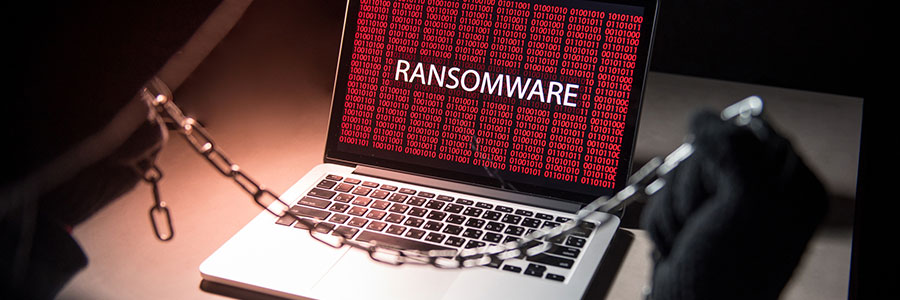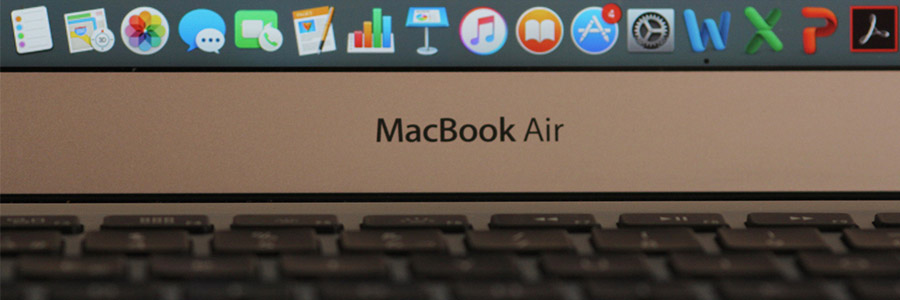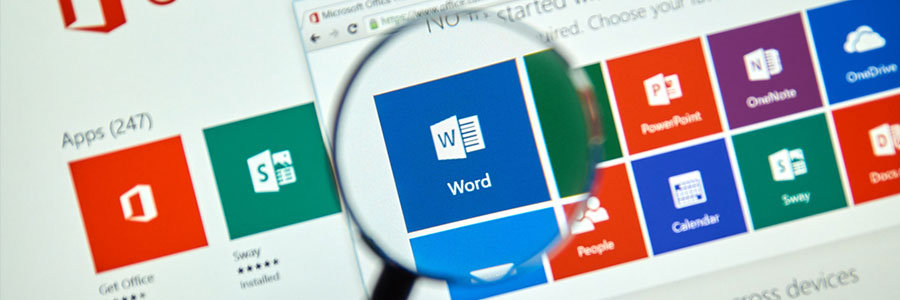The number of new malware being developed each day is alarming. If you think hundreds or thousands are a lot, try nearly one million. One that is extremely cunning goes by the name of CopyCat, which emerged in 2015 and has already infected millions of Android devices.
Steer your Android clear of CopyCat
Nyetya ransomware: what you need to know

Nyetya, a variant of the Petya ransomware, is spreading across businesses all over the world. Although it shares the same qualities as WannaCry -- a ransomware deemed ‘one of the worst in history’ -- many cyber security experts are calling it a more virulent strain of malware that could cause greater damage to both small and large organizations.
Microsoft issues security patch for XP

When a Microsoft product reaches its “end-of-life,” the tech developer no longer provides feature updates, technical assistance, and automatic fixes for that product. Support for Windows XP, for instance, ended in April 2014. That said, recent malware attacks have caused Microsoft to continue support for their outdated operating system.
Mobile security threats in Android
How did WannaCry spread so far?
Trojan infects macOS version of HandBrake

If you’ve downloaded the macOS version of HandBreak, a popular video transcoding program that converts multimedia files into different formats, checking your computer’s safety right now would be wise. Users who downloaded the program between May 2 and May 6 have a 50 percent chance of being infected with an Apple Trojan, based on an announcement on HandBrake’s website.
Mac Malware finds a new way to attack
How virtualization roots out malware
Watch out for this Microsoft Word bug
Homographs: the newest trend in phishing

So much of cybersecurity depends on adequate awareness from users. Phishing for example, preys on people’s fears and desires to convince them to click on hyperlink images and text before checking where they actually lead to. However, with the latest trend in phishing, even the most cautious users can get swept up.





